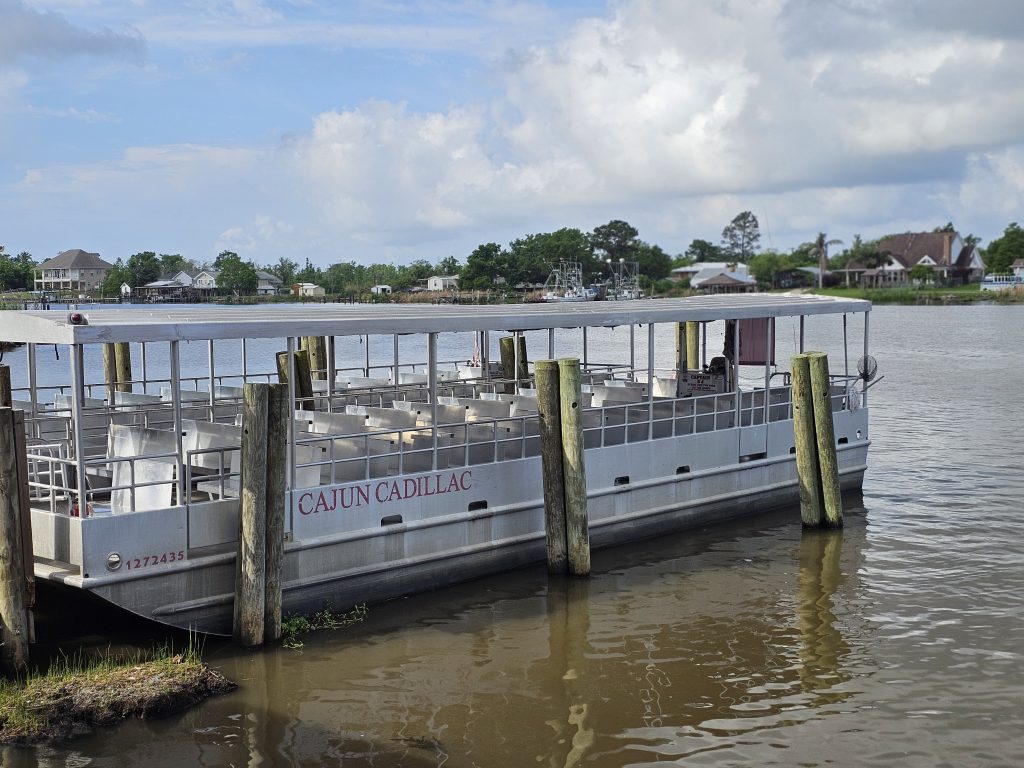
Understanding Wetlands
Is a Bayou a Swamp? When discussing natural landscapes like wetlands, it’s important to clarify specific terms such as “bayou” and “swamp.” While these terms are often used interchangeably, they refer to distinctly different environments. This article will explore whether a bayou is a swamp, detailing the unique characteristics and ecological significance of each.
What is a Bayou?
A bayou is a slow-moving or static body of water typically found in flat, low-lying areas. It is most commonly associated with the southeastern United States, particularly Louisiana and the Gulf Coast region. Bayous are often an offshoot of larger water systems, including rivers, lakes, or seas. Their waters are usually murky due to the slow flow, which allows sediment to accumulate. This setting creates a rich habitat for a variety of wildlife, making bayous critical for biodiversity in regions like the Mississippi Delta.
Exploring Bayous: Reasons to Visit
Visitors to bayous can experience a unique ecosystem that is both serene and teeming with life. These waterways are perfect for kayaking, fishing, and bird-watching. The lush surroundings and slow-moving waters offer a peaceful retreat from the hustle and bustle of city life. Bayous like those in Louisiana are famous for their cultural significance and scenic beauty, offering a glimpse into the region’s history and natural splendor.
Characteristics of a Swamp
In contrast, a swamp is a type of wetland that is predominantly forested, supporting an abundance of woody plants such as trees and shrubs. Swamps are characterized by their saturated soil and standing water, which is prevalent enough to influence the type of soil and the vegetation that thrives there. Swamps can be found worldwide and play an essential role in their ecosystems by providing habitat, aiding in flood control, and filtering pollutants from water.
Visiting Swamps: What to Explore
Swamps offer an incredible opportunity for eco-tourism and adventure. They are home to diverse wildlife, including rare birds, alligators, and unique plant species. Activities like guided tours, photography, and wildlife observation are popular in these environments. Swamps such as the Everglades in Florida provide a window into a complex ecosystem where water and land life intermingle, offering visitors a chance to learn about wetland conservation and the importance of these habitats.
Comparing Bayous and Swamps
The main difference between a bayou and a swamp lies in their physical and ecological characteristics. While a bayou is generally a waterway, often running through larger wetland areas, a swamp is a broader wetland area characterized by its lush, forested environment. Swamps may contain bayous or other small water channels, but they encompass a larger ecosystem with diverse flora and fauna.

Is a Bayou a Swamp?
In conclusion, while a bayou may share some characteristics with swamps, it is not a swamp. Understanding the distinction between a bayou and a swamp is crucial for environmental education and promoting ecological awareness. By recognizing and respecting the unique qualities of each, we can better appreciate their roles in our natural world and encourage their exploration and appreciation.
Embark on a swamp tour to experience the beauty and diversity of bayous and swamps, where the quiet waters of a bayou contrast sharply with the lush, vibrant life of a swamp. These tours offer a hands-on way to understand the ecological importance, distinct characteristics, and the role each plays in their respective habitats. Perfect for families, photographers, and nature enthusiasts alike, swamp tours not only educate but also provide a peaceful retreat into some of the most unique natural landscapes available, enhancing appreciation for these critical wetland ecosystems. Join us to discover why each is vital to our environment and deserving of our protection.

